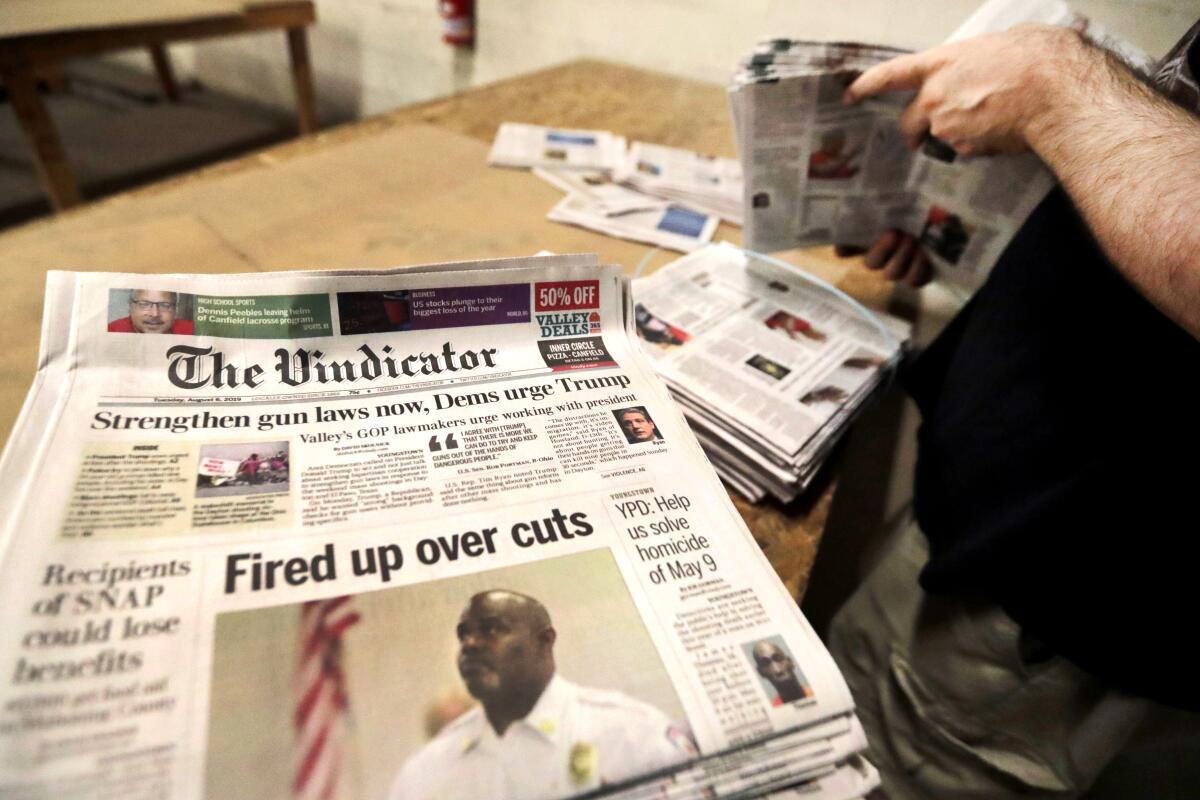News Articles Can Be Fun For Everyone
News Articles Can Be Fun For Everyone
Blog Article
News Articles Fundamentals Explained
Table of ContentsAbout News ArticlesNews Articles Things To Know Before You BuyA Biased View of News ArticlesNews Articles Things To Know Before You Get ThisNews Articles Things To Know Before You Get This
Excellent understanding of different subjects provides students an affordable edge over their peers. Despite the fact that electronic and social media are readily obtainable, we ought to not forget just how essential it is to review the newspapers. Moms and dads should attempt and inculcate the practice of reading a paper as a daily routine to proceed the legacy of the adored print tool.News tales additionally consist of at the very least one of the adhering to important characteristics loved one to the intended audience: distance, prominence, timeliness, human rate of interest, oddity, or effect. The related term journalese is sometimes utilized, generally pejoratively, to refer to news-style writing. One more is headlinese. Newspapers usually abide by an expository writing style.
Within these restrictions, news stories also intend to be detailed. Other factors are included, some stylistic and some obtained from the media type. Among the larger and extra respected newspapers, justness and equilibrium is a significant variable in offering details. Discourse is generally constrained to a separate area, though each paper may have a different overall slant.
Newspapers with an international audience, for instance, often tend to utilize a more formal style of creating. The details options made by a news outlet's editor or content board are commonly gathered in a style guide; usual style guides include the and the United States News Style Publication. The main goals of information writing can be summed up by the ABCs of journalism: accuracy, brevity, and clearness.
The 4-Minute Rule for News Articles
As a regulation, reporters will not use a lengthy word when a short one will certainly do. Information writers attempt to prevent utilizing the exact same word much more than when in a paragraph (often called an "echo" or "word mirror").
Nevertheless, headings in some cases leave out the subject (e.g., "Jumps From Boat, Catches in Wheel") or verb (e.g., "Pet cat female lucky"). A subhead (additionally subhed, sub-headline, subheading, caption, deck or dek) can be either a subordinate title under the primary heading, or the heading of a subsection of the write-up. It is a heading that precedes the main text, or a group of paragraphs of the major message.

Extra billboards of any of these kinds might appear later in the article (specifically on succeeding web pages) to entice further reading. Such signboards are likewise utilized as pointers to the post in other areas of the publication or website, or as promotions for the piece in various other publication or websites. Common structure with title, lead paragraph (recap in bold), various other paragraphs (information) and contact information.

Instance of a hard-lead paragraph NASA is proposing another space project. The agency's spending plan request, announced today, included a plan to send out an additional mission to the Moon. This moment the firm wants to develop a long-term facility as a jumping-off point for other room journeys. The spending plan demands around $10 billion for the job.
The NASA statement came as the company requested $10 billion of appropriations for the task. An "off-lead" is the 2nd crucial front page information of the day. The off-lead shows up either in the leading left corner, or straight my sources below the lead on the. To "hide the lead" is to begin the short article with background info or details of secondary relevance to the visitors, forcing them to review more deeply into an article than they need to have to in order to uncover the crucial factors.
About News Articles
Usual usage is that a person or 2 sentences each form their own paragraph. Reporters generally describe the organization or framework of a newspaper article as an inverted pyramid. The essential and most fascinating aspects of a tale are placed at the start, with supporting info read this article complying with in order of diminishing significance.
It allows individuals to discover a subject to just the deepness that their inquisitiveness takes them, and without the imposition of details or nuances that they could think about unimportant, however still making that info offered to a lot more interested readers. The inverted pyramid structure also allows posts to be trimmed to any type of arbitrary length during layout, to suit the room readily available.
Some authors begin their stories with the "1-2-3 lead", yet there are several kinds of lead readily available. A twist can refer to several things: The last story in the information program; a "delighted" tale to finish the show.
Longer short articles, such as magazine cover write-ups and the pieces that lead the inside areas of a newspaper, are known as. Attribute stories vary from straight information in several ways. Foremost is the lack of a straight-news lead, many of the moment. As opposed to supplying the essence of a tale up front, feature authors may try to draw visitors in.
News Articles Can Be Fun For Everyone
A feature's very first paragraphs commonly associate a fascinating moment or event, as in an "anecdotal lead". From the details of a person or episode, its view rapidly expands her comment is here to abstract principles about the tale's subject.

The Editor's Tool kit: A Reference Guide for Beginners and Professionals (2001) Allan M. Siegal and William G. Connolly. The New York Times Manual of Design and Usage: The Authorities Style Guide Utilized by the Writers and Editors of the World's The majority of Authoritative Newspaper (2002) M. L. Stein, Susan Paterno, and R.
Report this page